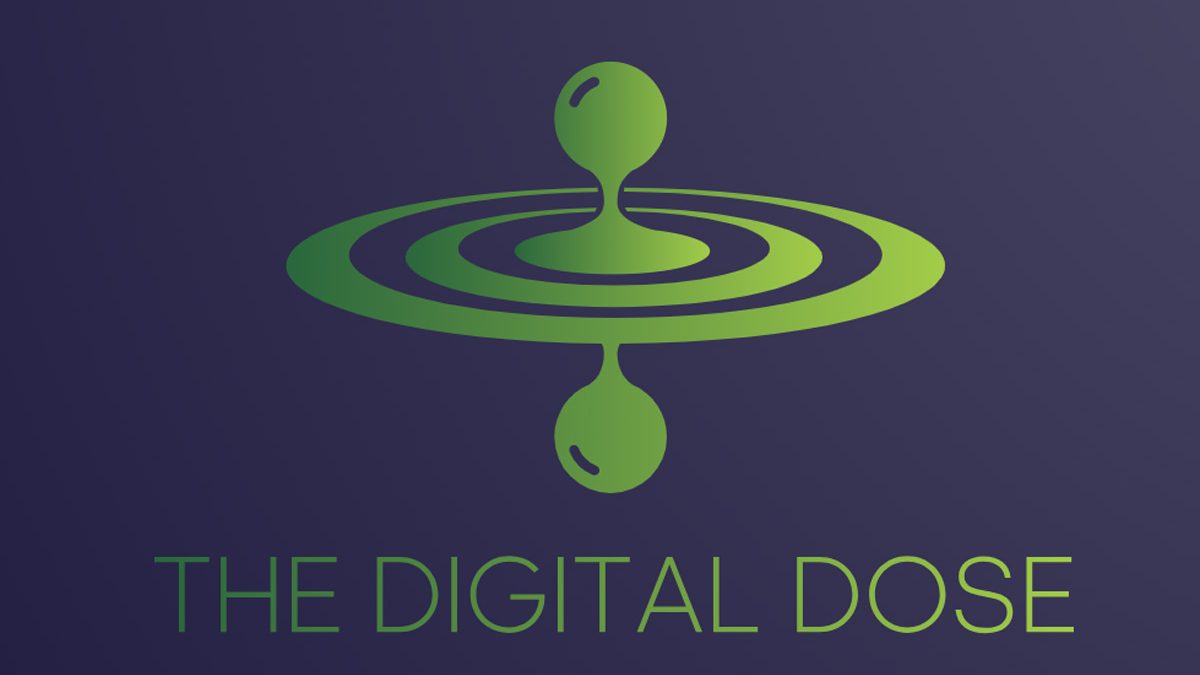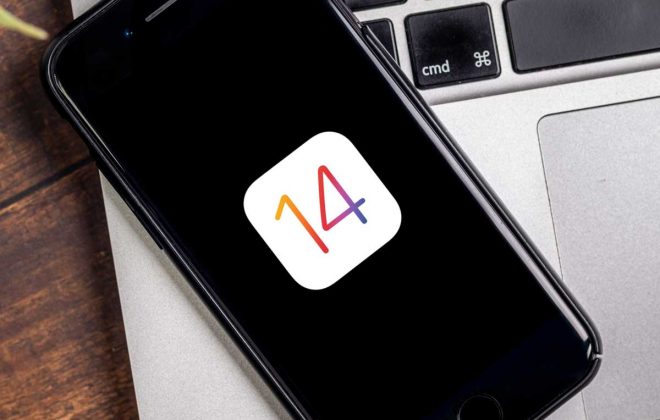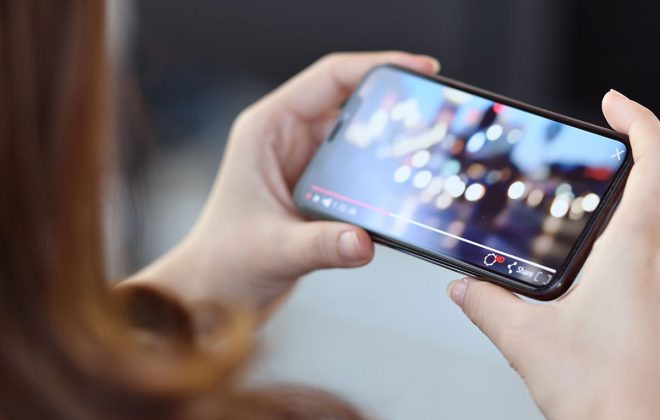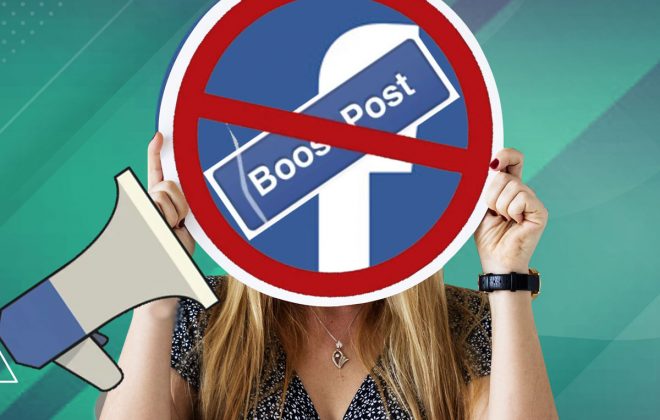Developing A Content Pyramid + Pillar Content
In this instalment of The Digital Dose, we focus on content and developing a content pyramid, specifically creating and honing in on your pillar content. We’ll quickly review the best ways to leverage your content in the digital space to get the best bang for your buck.
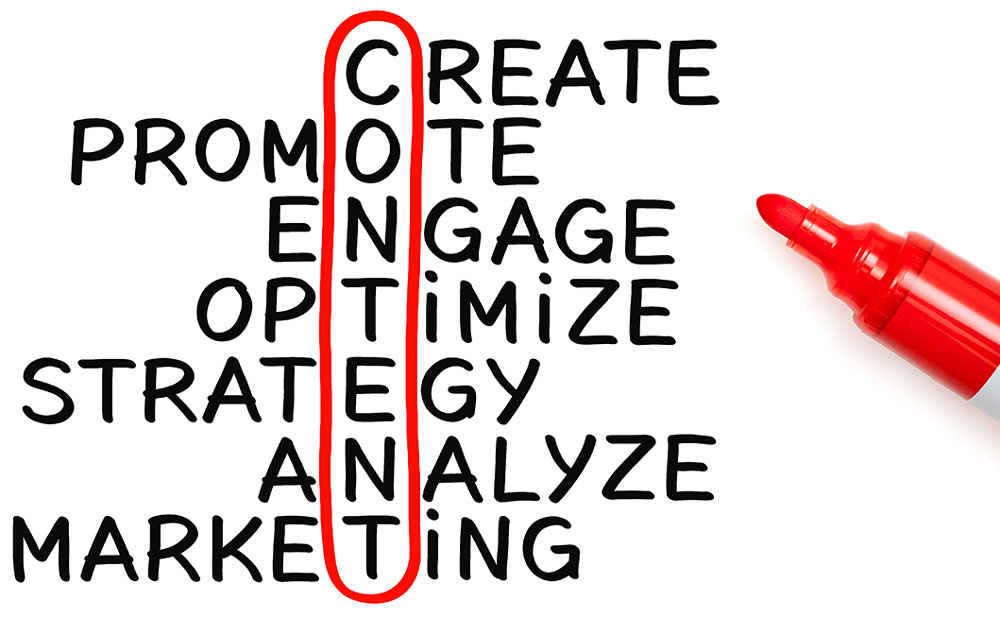
What is Pillar Content?
When talking about digital content, in this instance we’ll focus on content buckets or pillar content. Pillar content is your cornerstone material, it’s a subset or series of topics that make up your overarching theme of expertise. Generally speaking, it makes up the core foundation of your overall content strategy.
In other words, it’s the content that makes you special and relevant to an audience, what makes you interesting and provides a useful benefit to them. More specifically, it’s the value add that your content provides to your target audience.
How Do You Use Pillar Content?
So how do you use your pillar content and how does it fit into your overarching marketing strategy?
Well, the best way to look at it is to think of your pillar content as your long-form content or the “big picture” or the “whole story” that you are looking to share with your audience.
Now the flip-side of the coin you need to look at is your audience and people’s behaviour. How do people typically consume content?
In most cases, people generally don’t dive right into the main course. Look at something as simple as watching a movie or binge-watching a TV series on Netflix – Generally, people will first watch a movie trailer, read a critic’s review or see what friends and other peers are saying before investing the time to watch a film or start a new TV series.
Comparatively, when developing content, you want to have a similar content structure and rollout in place.
When looking at pillar or long-form content, it needs to have the ability to be broken down into smaller digestible teaser info or “bite-sized” snippets that spark an interest that can engage users leaving them wanting more.
Now that bite-sized content or micro-content needs to fit into your narrative and the overarching story that you are telling people. Some people refer to this as “cluster content” and what’s important to know about micro- or cluster-content is that it always connects back to your cornerstone, your pillar content.
It’s like using Google Maps and using GPS, everyone has a final destination, but generally, there are always different ways to get there and ways of re-routing to that destination.
Create Micro-content / Cluster-content
Micro- or cluster-content acts in the same way – it gets your audience to a final destination. The only difference being is that your clusters should be connected and hyper-linked together to accommodate all the different ways your audience can take to get to your destination and see the full story.
Now in some instances, short-form micro-content can be pulled directly from your pillar, and others times it will need to be extrapolated. Likewise, that long-form content also needs to be tailored to the ways your audience wants it – Just like taking different routes to get somewhere, people take different forms of transportation that suit them best.
This means taking your cornerstone content, segmenting it into micro-content or clusters and then reformatting it. The pillar content on your website can be repurposed into blogs, vlogs, podcasts, infographics, case studies, or even a video series.
“The Medium IS the Message”

Similarly, and just as, if not, more importantly, is how you let people know about your content – think of the Marshall Mcluhan paradox, “the medium is the message” – So… not only is your content key, so is its delivery. And in today’s digital landscape, the avenues you need to take go hand-in-hand. That being the distribution of social media amped up with the accelerant of digital advertising.
Use Social Media + Sound Digital Advertising

Format your micro-content so that it lives on your website and is distributed across socials channels. Repurpose aspects wherever possible and when it makes sense to do so on a given social media platform – whether it’s Facebook, TikTok, Pinterest, Instagram, Snapchat, Twitter, Reddit, LinkedIn, YouTube, Spotify, Quora, Google, and so on. Get your micro-content out there to support your pillar content and use social media platform tools and the incentives and tactical benefits of strategic digital advertising.
Lastly, make sure there is quality to the content you create. If it isn’t informative, and if it doesn’t connect to your company’s underlying objective, then it has no value.
The Rundown
Here it is in a nutshell:
- Produce quality content that has value
- Develop long-form pillar content that showcases your expertise
- Generate snippets of micro-content from that cornerstone material
- Make sure all that cluster content is connected and (hyper-)links back to the bigger picture or the complete story you are telling
- Use, showcase, and promote your micro-content as a teaser leaving people wanting more
- Get your story out there – Use the power of social media and a strong digital advertising approach to maximize your exposure and reach your target demographic
If you have any questions, reach out to your digital account manager, or contact us online. Please feel free to check out our resource section, signup for our newsletter or get up to speed with our blog.
Spotify Podcasts:
Apple Podcasts:


